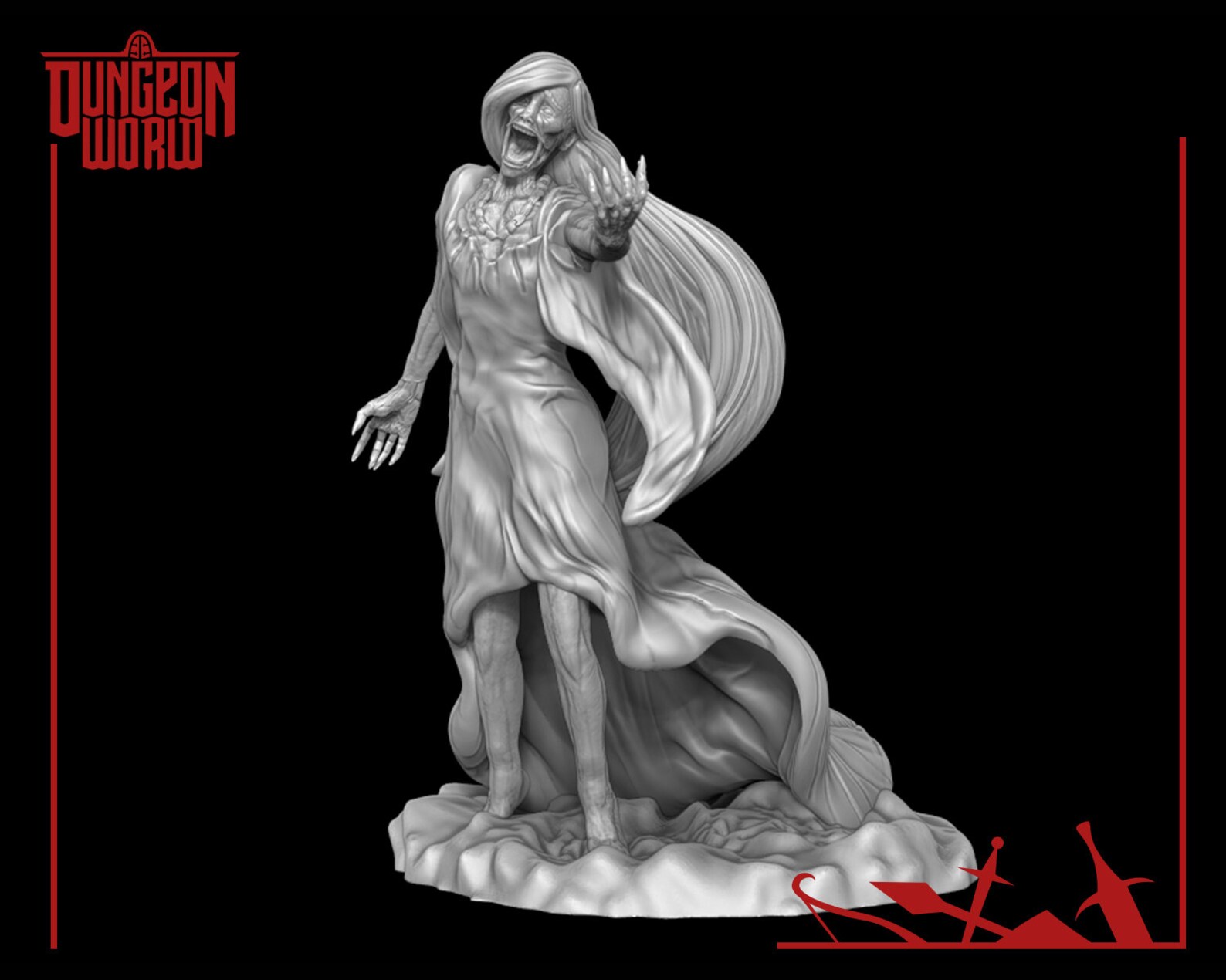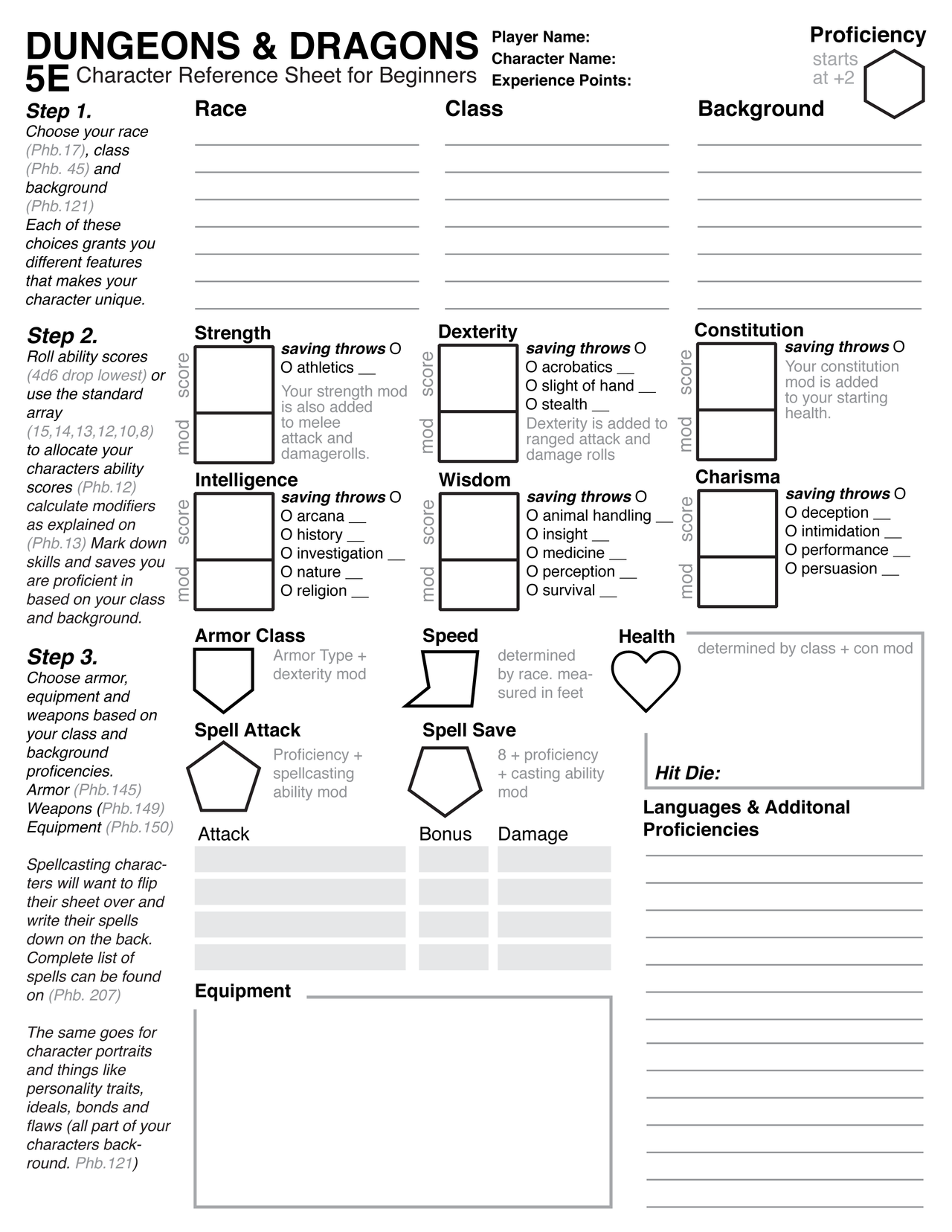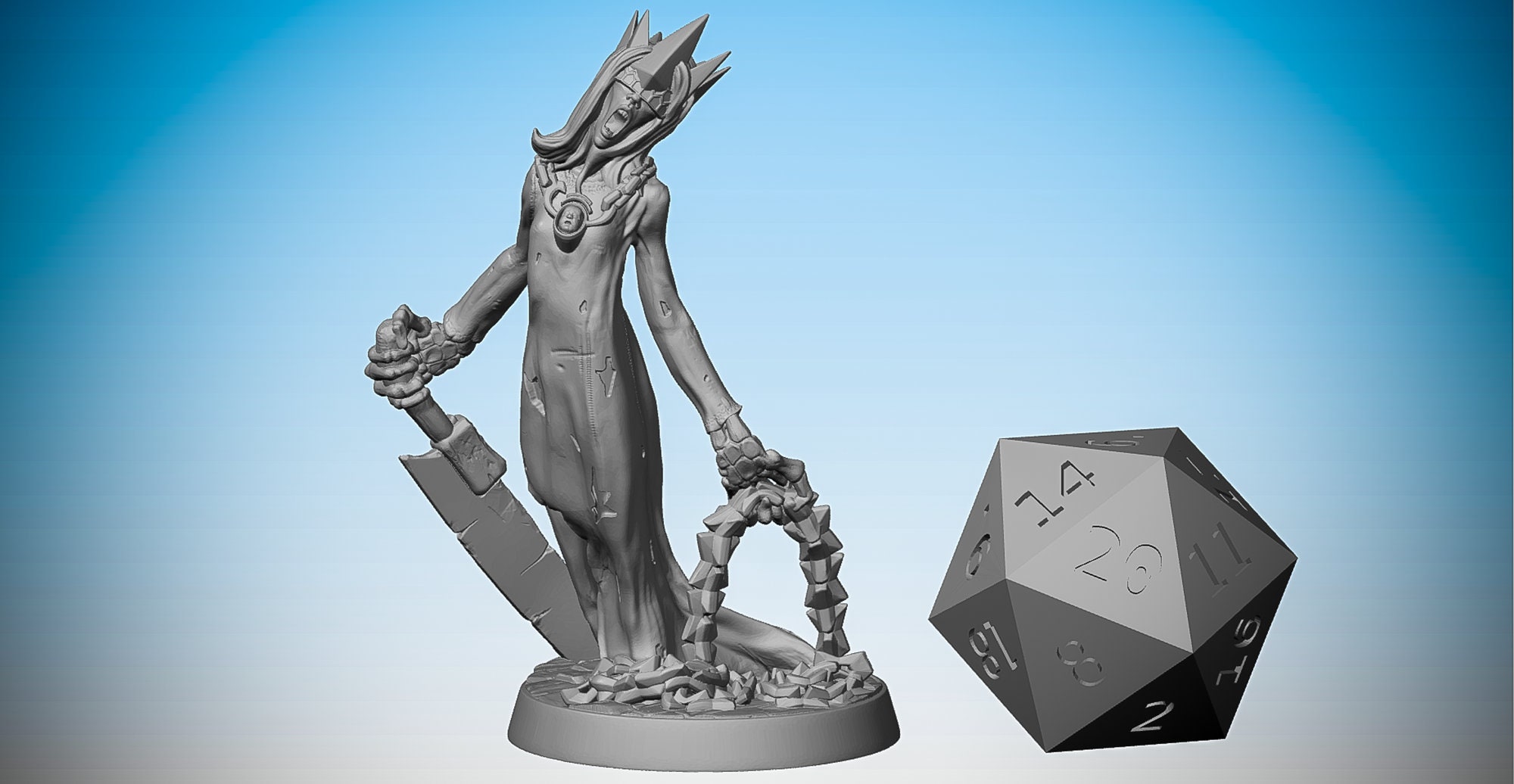

This method is how you can grant players access to purchased Marketplace content like Volo's Guide to Monsters. When in handout form, the GM can share this out to other players. Not only can you use the i Compendium tab to look something up in the rulebook without opening a physical book or switching to another browser tab, but you can click and drag on a Compendium entry to pull it out of the i Compendium tab for various automated purposes listed below.Ĭompendium entries that aren't designed as a complete NPC sheet (Rules, Races, Classes, Items, Spells, etc) will add a Handout to the N Journal tab containing all the text and images from the provided Compendium entry after dragging and dropping the entry to the Tabletop. When added to a game, a Compendium can speed up the process of content generation for a GM. Kobold Press' Tome of Beast expansion entries will have a kobold logo icon and the abbreviation, TOB, underneath it.
#Roll20 compendium banshee manual
For instance, an entry from the Monster Manual expansion will have the Dungeons and Dragons ampersand logo as well as the abbreviation, MM1, underneath it. While viewing Compendium entries in-app, a publisher icon and a book title abbreviation will be listed on the entry's far right to signify where this info is sourced from. Clicking on this icon will hide the info block. To hide the block of information again, mouse-over the entry and the arrow icon will point up instead of down. You can roll out as many entries in this fashion as you want on the i Compendium Tab. Clicking on this icon will roll out that entry's info block. It will appear to the left of the entry name or token graphic (when available). While looking through a listed category on the i Compendium Tab, a down arrow icon will appear when you mouse-over over an entry. When browsing entries that have a List Page (like Spells or Monsters from the 5E SRD Compendium) on the external Compendium, you can pull down the same block of data that displays underneath the search filters within the VTT. Viewing attribute info of D&D 5E Monster entries within the Roll20 App If you're not relying on a Character Sheet to load a desired Compendium, you'll want to go to the Game Settings Page and choose the Compendium you want to use. The only difference here is that the entries will pop up in their separate window when you select them from the tab. Browsing and searching for entries within the Compendium Tab behave exactly as the webpage version. Once added, a new tab will be added on the Sidebar, placed between the N Journal-tab and the u Jukebox-tab.


You can choose a character sheet at game creation or by going to the Game Settings page at any time afterwards. For instance, choosing a D&D 5th Edition character sheet will automatically assign and enable the 5th Edition Compendium to be used in your game as well as Pathfinder sheets linking to the Pathfinder Compendium. A community sheet must be designed by its author to point to a particular Compendium first before VTT/Compendium functionality is available. Monster entries will even create and populate entire NPC journals automatically and come with a linked token (when available) when the GM drags its entry to the Tabletop.Ĭompendiums can be tied to a community Character Sheet. While editing a character journal, the GM and players can drag items, spells, and other abilities from the Compendium into their character sheet to auto-complete elements on it. GMs and players can look up rules on the fly during their game and the GM can take whole entries from the Compendium and drag them to the tabletop to create a handout with the information contained within. Where the versatility of Compendiums truly shines is when one is attached to a game so that it can be utilized within the VTT.

If a Compendium is enabled inside a game, it can be accessed through the Sidebar's i Compendium-tab. The Sidebar's i Compendium-tab, with the D&D 5th Edition SRD Compendium loaded.


 0 kommentar(er)
0 kommentar(er)
